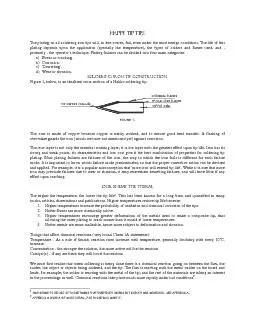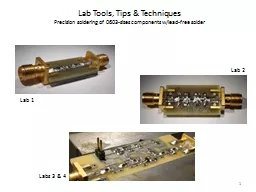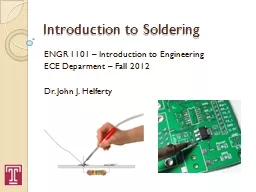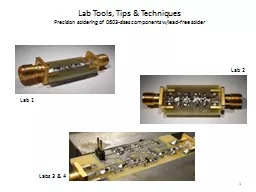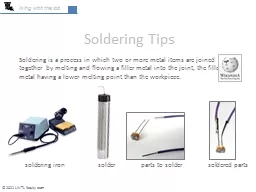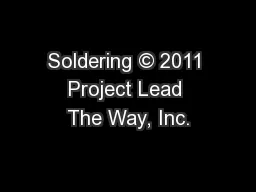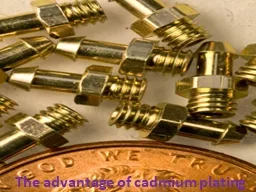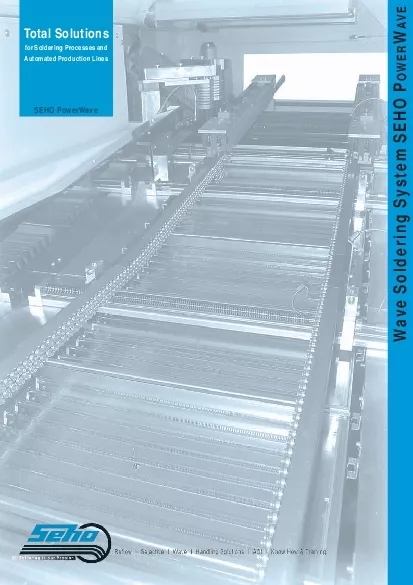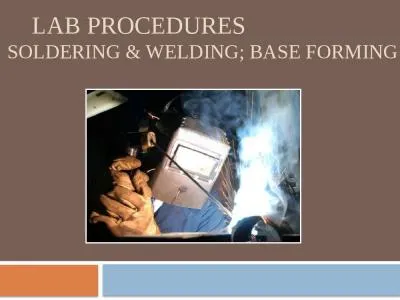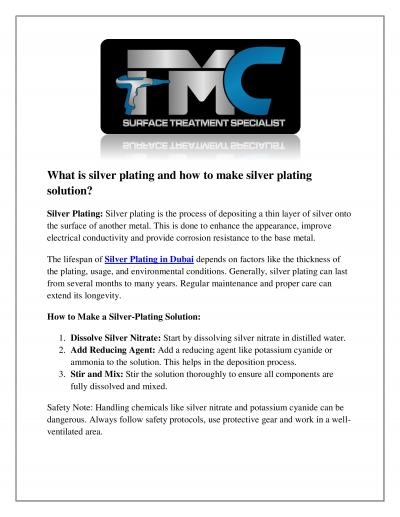PDF-HAPPY TIP TIPS The plating on all soldering iron tips will, in due co
Author : phoebe-click | Published Date : 2015-10-27
1 This seems to be one of those things that everybody knows but nobody has measured See appendix A 2 Appendix B gives a bit more detail for those who want it copper
Presentation Embed Code
Download Presentation
Download Presentation The PPT/PDF document "HAPPY TIP TIPS The plating on all solde..." is the property of its rightful owner. Permission is granted to download and print the materials on this website for personal, non-commercial use only, and to display it on your personal computer provided you do not modify the materials and that you retain all copyright notices contained in the materials. By downloading content from our website, you accept the terms of this agreement.
HAPPY TIP TIPS The plating on all soldering iron tips will, in due co: Transcript
Download Rules Of Document
"HAPPY TIP TIPS The plating on all soldering iron tips will, in due co"The content belongs to its owner. You may download and print it for personal use, without modification, and keep all copyright notices. By downloading, you agree to these terms.
Related Documents

